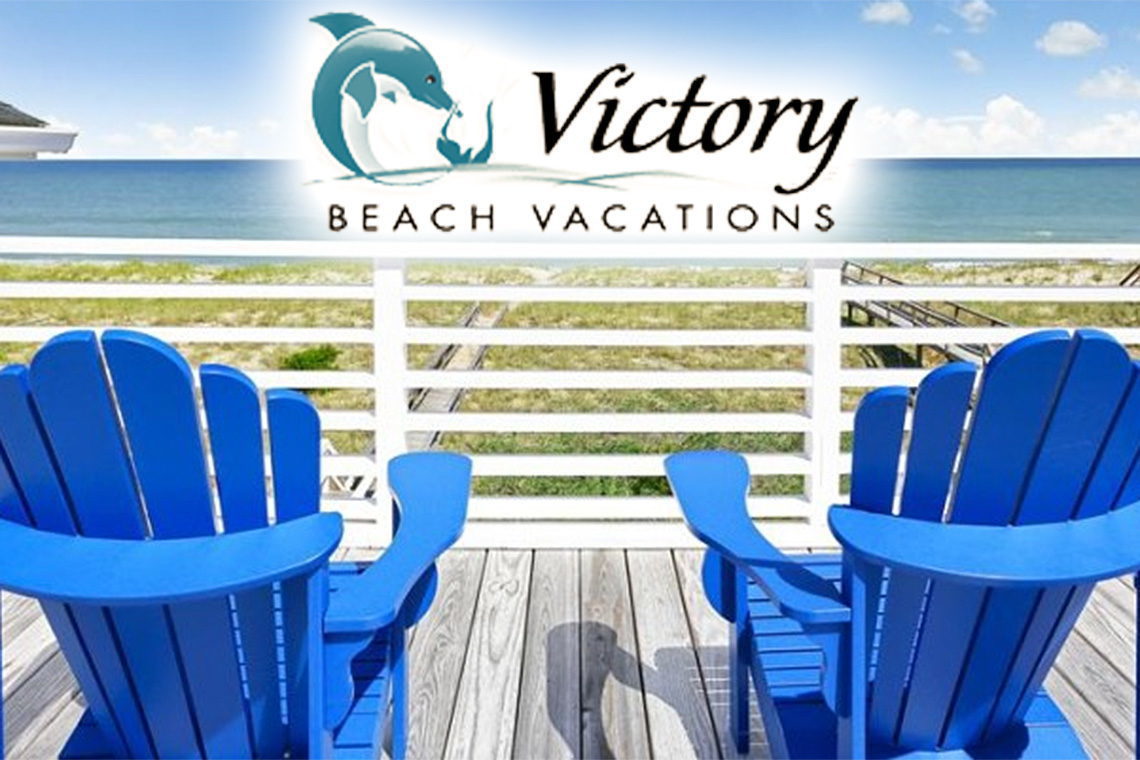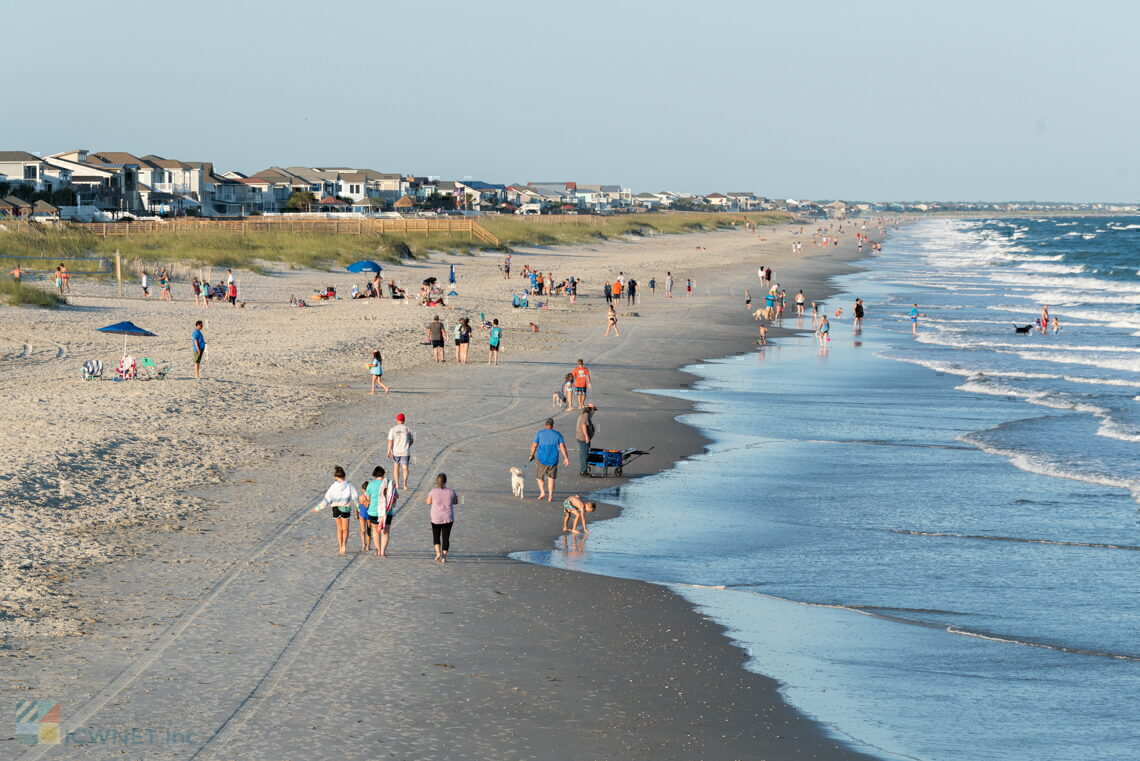
- Carolina Beach
- 910-458-0868
- Map it
The coastline of North Carolina is unique in that beach-goers have ample opportunities to explore the shoreline from the comfort and convenience of a 4WD vehicle. From the northern Outer Banks along the Virginia state border to the sunny beach towns that border Wilmington, visitors will find that there are plenty of options when it comes to cruising the coast.
One of the most popular regions for off-road explorations is the southeastern corner of the state, also known as the Cape Fear and Brunswick shorelines. With several stretches of beach that are wide open to 4WD vehicles, and lots of amenities in the area including restaurants, lodgings, and attractions, driving on the beach in the Cape Fear and Brunswick areas is an enticing activity with plenty of appeal, and plenty of ways to have fun on and off the sand.
Take a closer look at the areas of southeastern North Carolina that are open to beach driving, and what you need to know before you hit the off-road.

We've put together a short list of recommended items to get unstuck and stay safe. We like these linked products, but we took care to make sure they are highly-rated by many customers. Some of the product links include affiliate codes. *If a purchase is made, OuterBanks.com is paid a commission for the referral.

Located just north of the busy coastal town of Carolina Beach, Freeman Park is a popular destination for folks who prefer a quieter stretch of shoreline. Extending for more than a mile from the town’s borders north to Carolina Beach Inlet, Freeman Park is a great area for day trippers, campers, fishermen, beachcombers, surfers, and anyone who enjoys an undeveloped stretch of sand.
How to get there:
Visitors can access Carolina Beach via US 421, or a number of other roads and routes that trickle east from Wilmington. Once you are in the town of Carolina Beach, head north until the paved road ends, and the entrance sign to Freeman Park can be spotted.
Where to stay:
Visitors will find all sorts of options for lodgings in Carolina Beach, which is adjacent to Freeman Park, and is a popular vacation destination in its own right. For a more rustic experience that never leaves the borders of Freeman Park, visitors can also camp within the park itself, while keeping the following rules and guidelines in mind.
Beach Driving Rules and Regulations for Freeman Park
Freeman Park has its own distinctive set of rules and regulations for folks who want to cruise on the sand. These guidelines for beach driving in Freeman Park are as follows.

With more than six miles of shoreline to explore, Fort Fisher State Recreation Area is a paradise for beach-goers who want to find a stretch of beach to call their own. Though popular in the summer months, Fort Fisher is refreshingly isolated and quiet in the cooler off season, and it connects with the adjacent Zeke's Island Estuarine Reserve – an undeveloped part of the Coastal Reserve and National Estuarine Research Reserve (NCNERR) system which encompasses 1,635 acres, and which is actually comprised of multiple islands.
Simply put, Fort Fisher State Recreation Area is a great place to cruise the beach, and enjoy miles of ocean views.
How to get there:
There are two ways that visitors can access the Fort Fisher State Recreation Area:
Where to stay at Fort Fisher State Recreation Area:
While camping is not allowed within the Fort Fisher State Recreation Area, visitors will find plenty of accommodation options just a shell’s throw away from the park entrance. Vacation rental homes and condos, hotels, and motels are all abundant in Kure Beach, Carolina Beach, and Southport, and campers can also stay in the Carolina Beach State Park and the Freeman Park, which are both located north of Fort Fisher.
Beach Driving Rules and Regulations:
As a North Carolina state park, Fort Fisher has its own set of guidelines when it comes to exploring the local shorelines via a 4WD vehicle. Here are the rules of the off-road for the Fort Fisher State Recreation Area.
Though there are no towns within Brunswick County that allow beach driving with the exception of designated 4WD emergency vehicles, the Brunswick Islands are wonderfully close to the Fort Fisher State Recreation Area, where beach driving is allowed year-round.
To get there, visitors can take the short 35 minute vehicular ferry that departs from the town of Southport, and which runs multiple times per day, all year long. Reservations are not required, and the ferry is free.
From the Fort Fisher ferry terminal, the Fort Fisher State Recreation Area park entrance is just a five minute or so drive away.
See above for more information on beach driving guidelines for the Fort Fisher State Recreation Area.
Do I need to have a 4WD vehicle to drive on the Cape Fear and Brunswick beaches?
A 4WD vehicle is required to drive on the beaches in Fort Fisher and Freeman Park, due to the absence of paved roads, and the soft sand. Do not attempt to drive on the beaches in an AWD vehicle.
Where is beach driving not allowed in the Cape Fear and Brunswick island areas?
Beach driving is not allowed in the coastal communities of Brunswick County, and is only permitted in Freeman Park and the Forth Fisher State Recreation Area / Zeke’s Island in the Cape Fear region.
How can I avoid getting stuck while driving on the Cape Fear beaches?
The most important thing that drivers can do to avoid getting stuck is to air down their tires to 20 psi or less. In addition, follow established tracks on the sand, and do not drive too close to the tide line, where the sand can be especially soft.
Are there tow truck companies in the Cape Fear and Brunswick areas in case I get stuck?
There are several tow truck companies available in the Carolina Beach area to assist vehicles that have gotten stuck within Freeman Park and Fort Fisher. Note that major repairs are not allowed on the beach within Freeman Park.
Is there a speed limit for beach driving?
The speed limit for beach driving will be posted close to the parks’ entrance. The speed limit throughout Freeman Park is 15 mph.
Are there laws for driving on the beach in the Cape Fear area?
All traffic laws for the state of North Carolina apply on the beach as well. This includes having a valid driver’s license, wearing a seatbelt, having no open containers in the vehicle, and not driving while intoxicated.
Does it cost money to drive on the beach in the Cape Fear area?
A fee-based permit is required to drive within Freeman Park as well as Fort Fisher State Recreation Area. Daily and annual passes are available at both parks.
Where can I get air for my tires after I have driven on the beach?
The towns of Carolina Beach and Kure Beach has several gas and service stations where air is available to refill your tires after driving on the beach.
Can you drive on the Cape Fear beaches at night?
Beach driving at night is allowed within Freeman Park, and is allowed within the Fort Fisher State Recreation Area in the off-season months from September 15 until March 31.
Will saltwater ruin or damage my vehicle?
Saltwater can cause massive and unrepairable damage to vehicles. Stay out of the ocean wash, and avoid driving too close to the tide line in case you get stuck.
Are 4WD vehicle rentals available to drive on the beach?
4WD vehicles may be available to rent in the Cape Fear area, specifically from a number of companies in Carolina Beach and the neighboring town of Wilmington.







